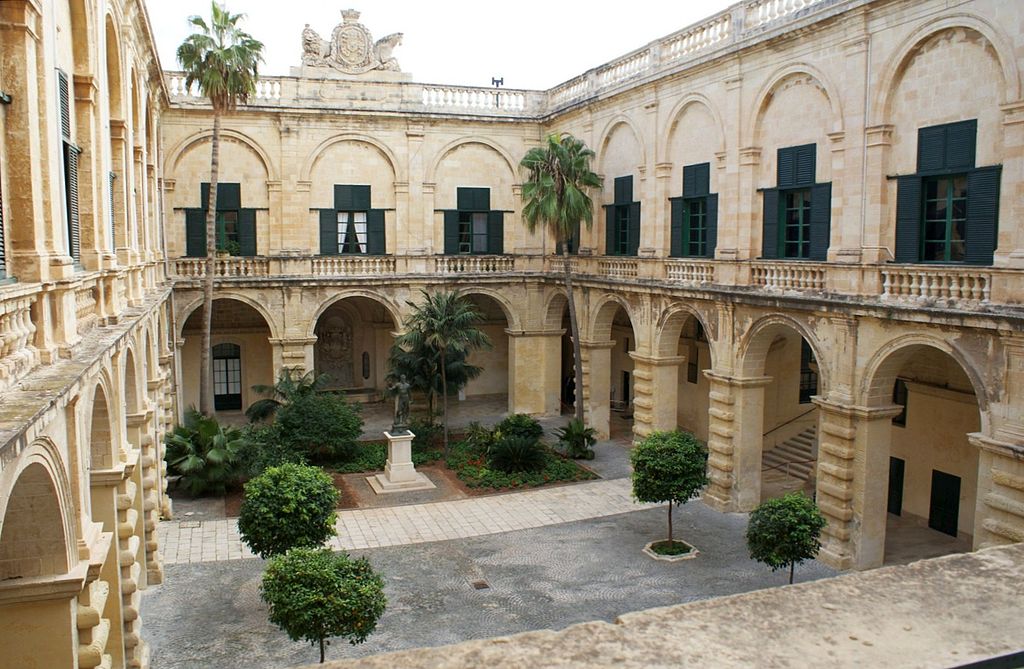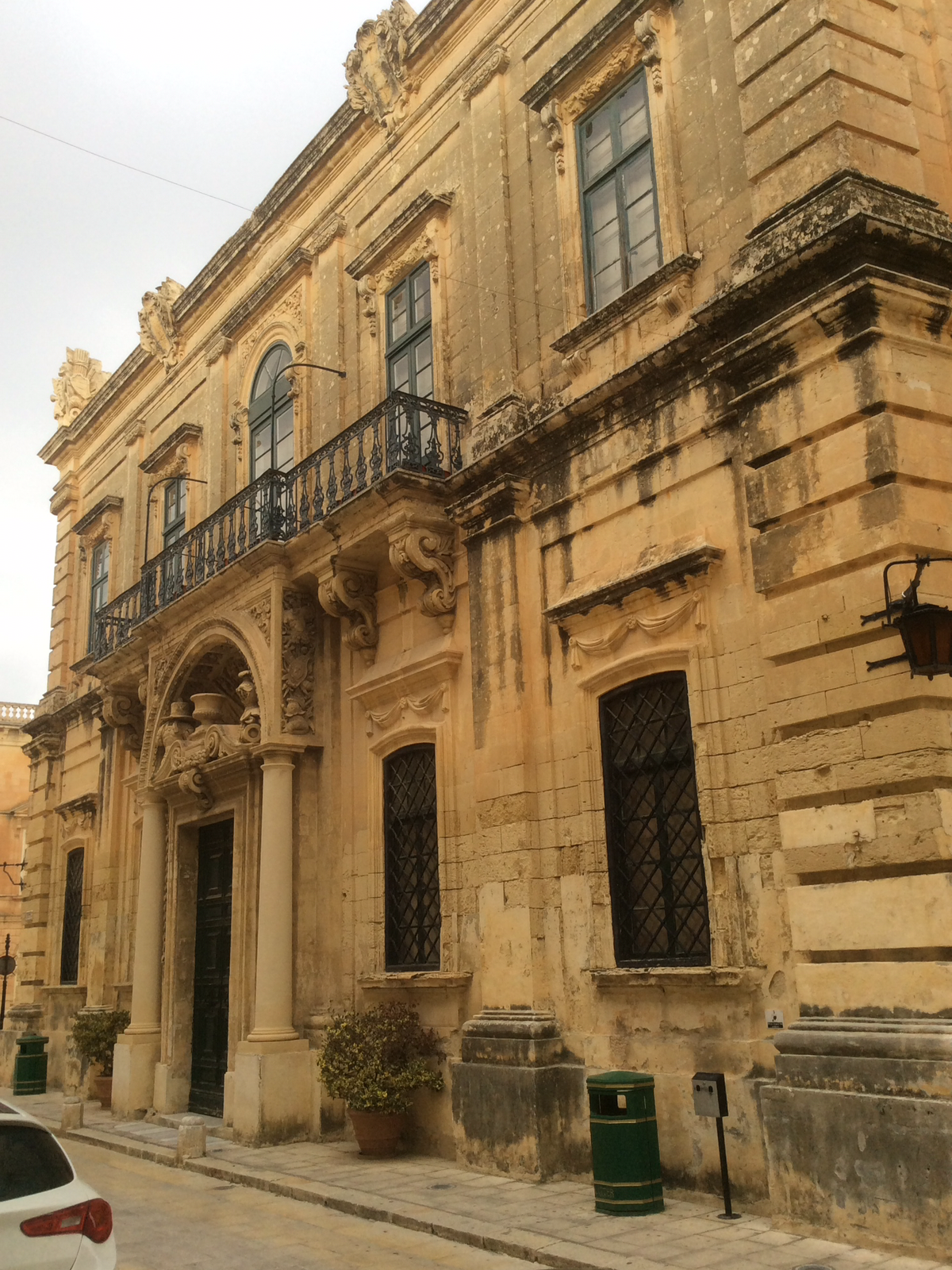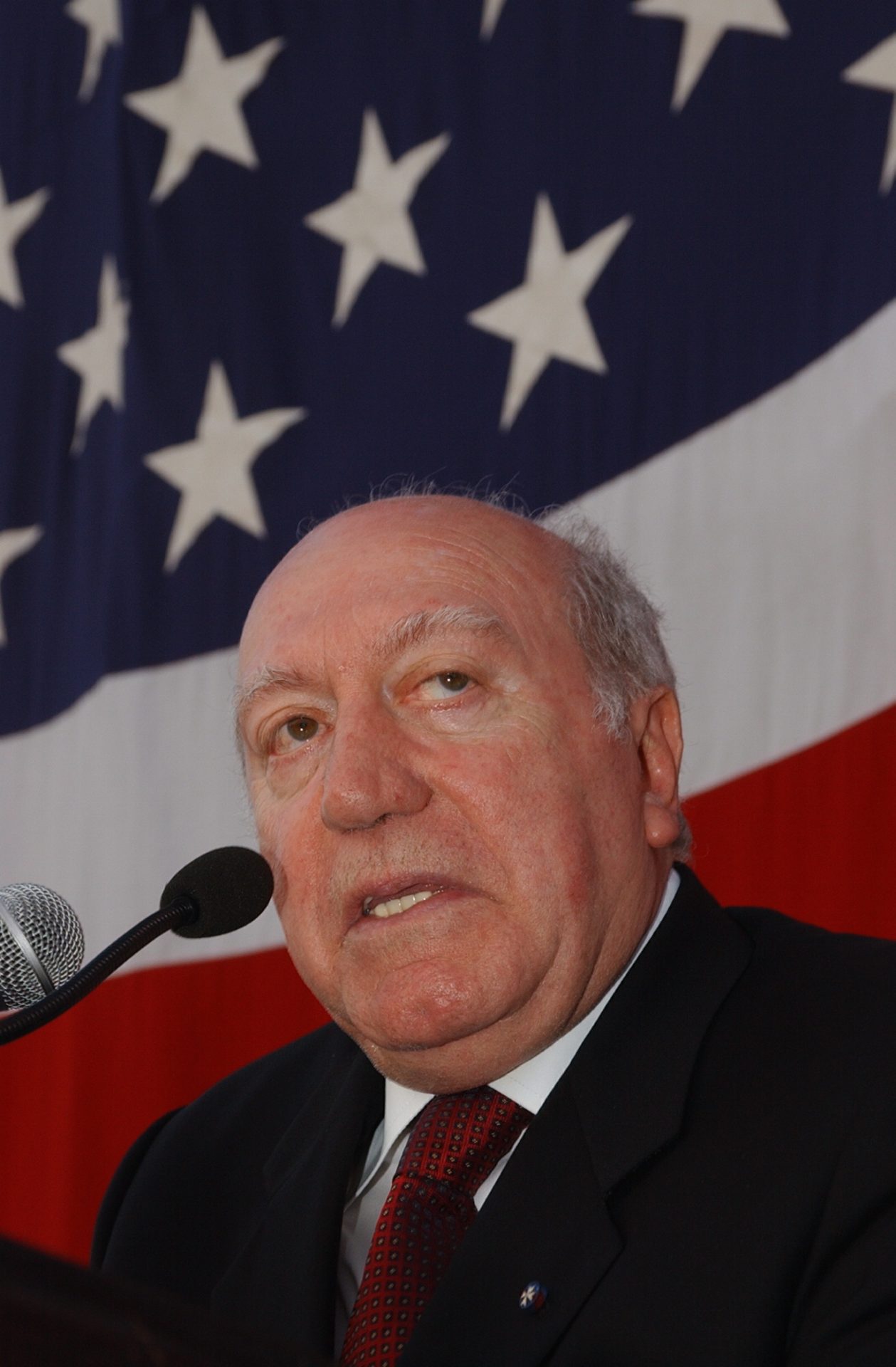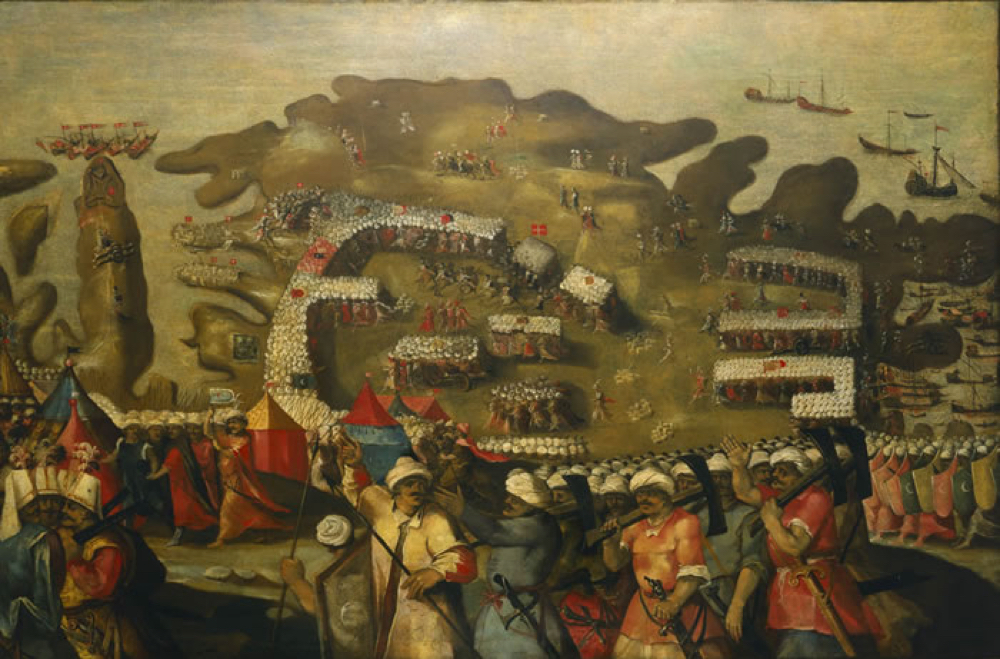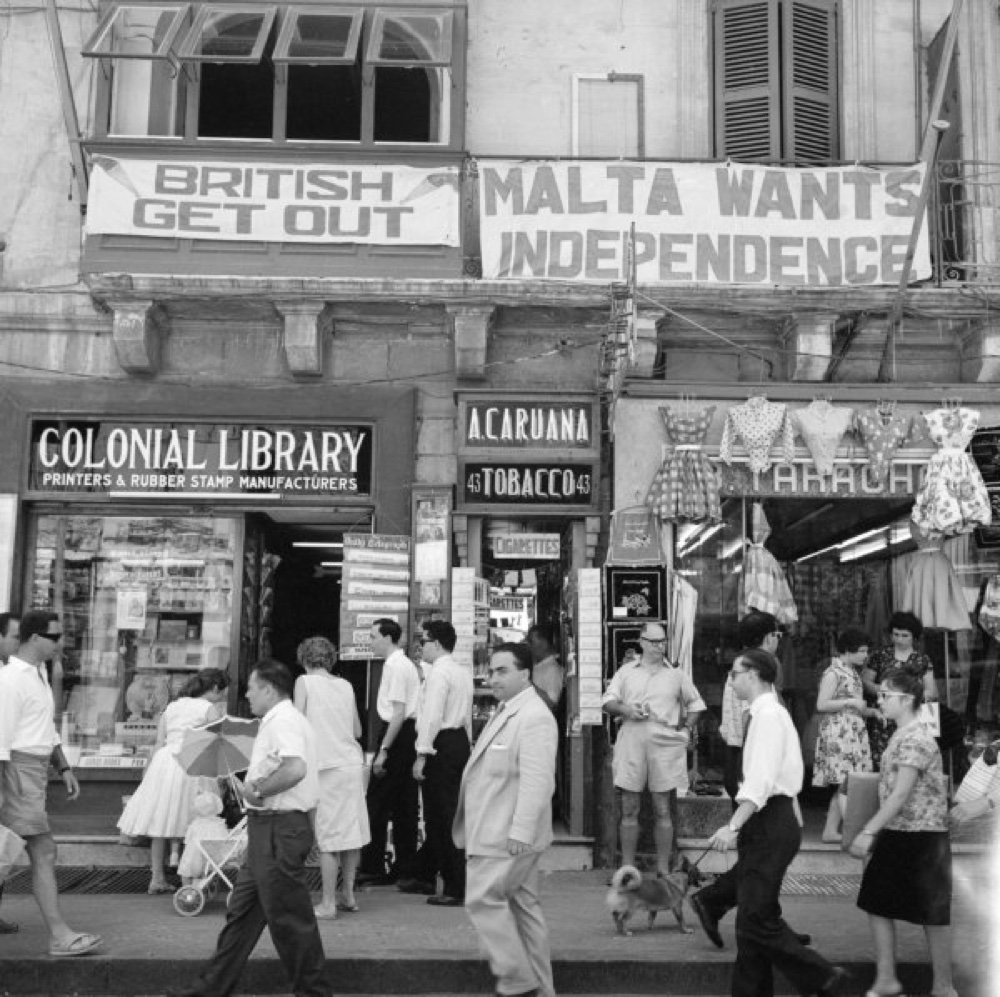Palazzo Ferreria - Historical Timeline and Sette Giugno, By Pen Lister. March 19, 2018. Categories: Maltese Democracy Tags: malta
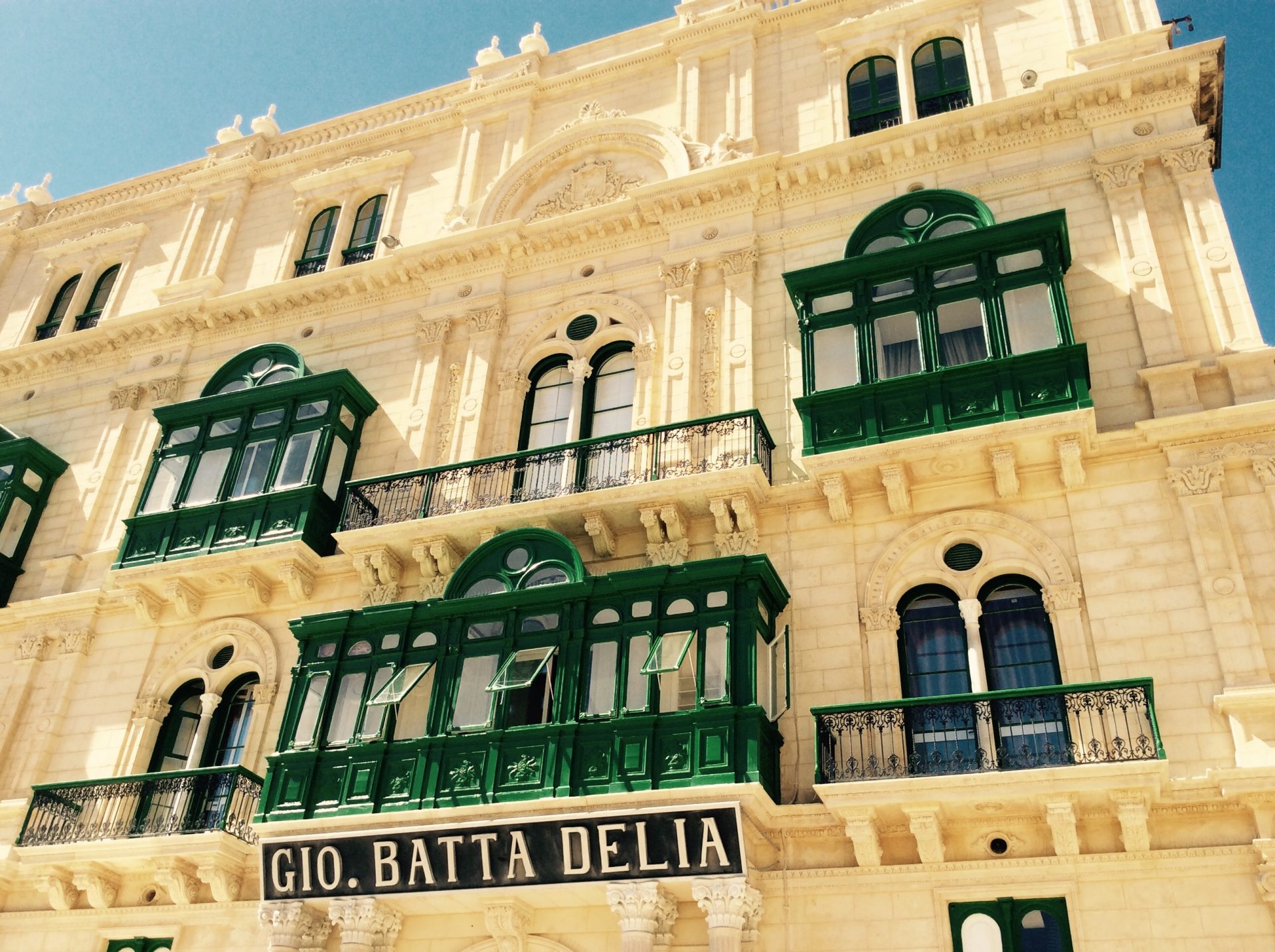
Historical Timeline of Palazzo Ferreria
Palazzo Ferreria is the second biggest private family palace in the city after the President’s Palace and was built on the site of the former foundry of the Knights where armaments were manufactured and from which the name is derived. The building site was acquired from the government by Giuseppe Buttigieg and Giovanna Camilleri, both very wealthy, and they erected Palazzo Ferreria in the late 1800 s – with the best skilled workmanship on the island.
The coat of arms of both surnames Buttiegieg and Camilleri are on the façade of the palace on Republic Street, Valletta. The palace was left to their daughter Teresa who married Col. John Louis Francia, a Spanish citizen from Gibraltar., who was here with the British army. The Palace was used and lived in by the family employing an in-house staff of around 25 persons until 1947.
In 1947 Valletta had been practically destroyed by World War II and the Labour government needed to rent the palace for the Public Works Department, to restore the city from the war ruins. The Francia family accepted the needs of the government and leased it for a good rent, while keeping the best part of the palace as an apartment.
In 1979 the palace was sold by the Francia family to the government by an amicable special agreement to pay a tax settlement on all the Francia estates for death and duties purposes.
Sources
Featured Image: https://commons.wikimedia.org/wiki/File:Palazzo_Buttigieg-Francia_02.jpg
Palazzo Ferreria and the events of Sette Giugno
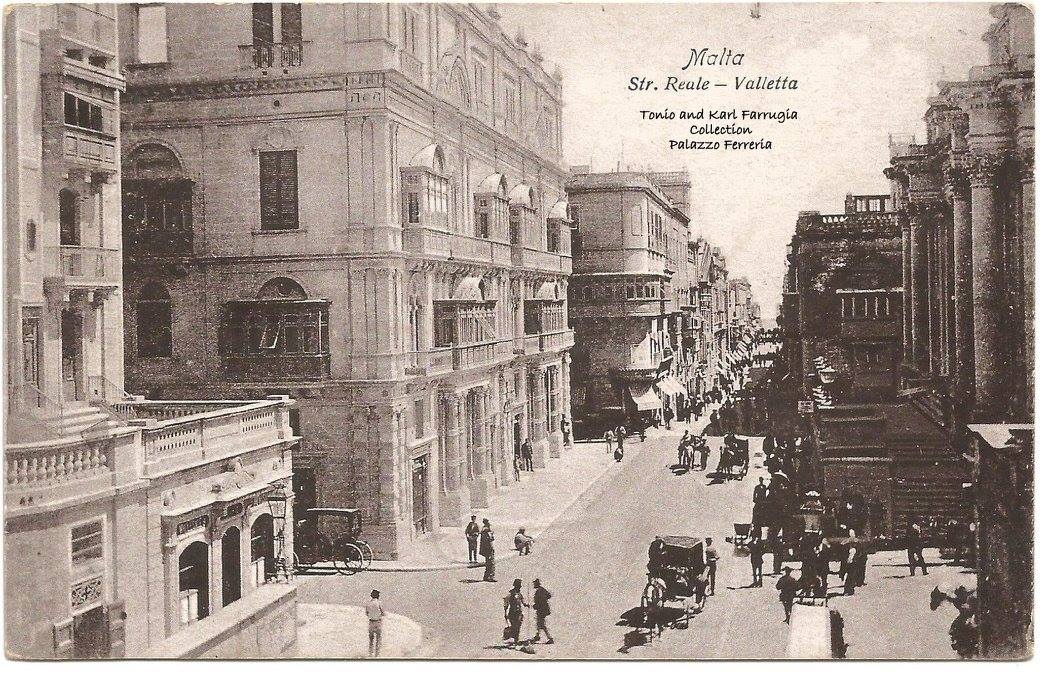
After WW 1 the Maltese colonial government failed to provide an adequate supply of basic food provisions for the islands. With the dramatic increase in the cost of living and scarcity of food, civil unrest resulted led by the desire for independence.
Following months of unrest, on the 7 th of June 1919 a crowd attacked the property of wealthy people perceived as close to the colonial government. First the house of a leading grain importer in Old Bakery Street was attacked. The next day a crowd attacked the palace of Colonel Francia (now known as Palazzo Ferreria), who also owned a flour-milling machine. The Royal Malta Artillery soldiers protecting Francia’s house were reluctant to use force against their compatriots. The crowd forced its way in and threw furniture, silverware and other objects outside. In the evening, one hundred and forty navy marines arrived, clearing the house and street of crowds. Carmelo Abela was in one of the side doorways of Francia’s house, calling for his son. Two marines proceeded to arrest him, and when he resisted, a marine ran him through the stomach with a bayonet. Abela died on June 16.
Think about: the wealth of the Francia family and its current history as Farsons; the colonial heritage, the palazzo’s modern role as the Ministry for Family and Social Solidarity
